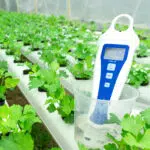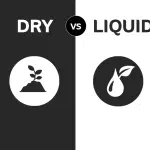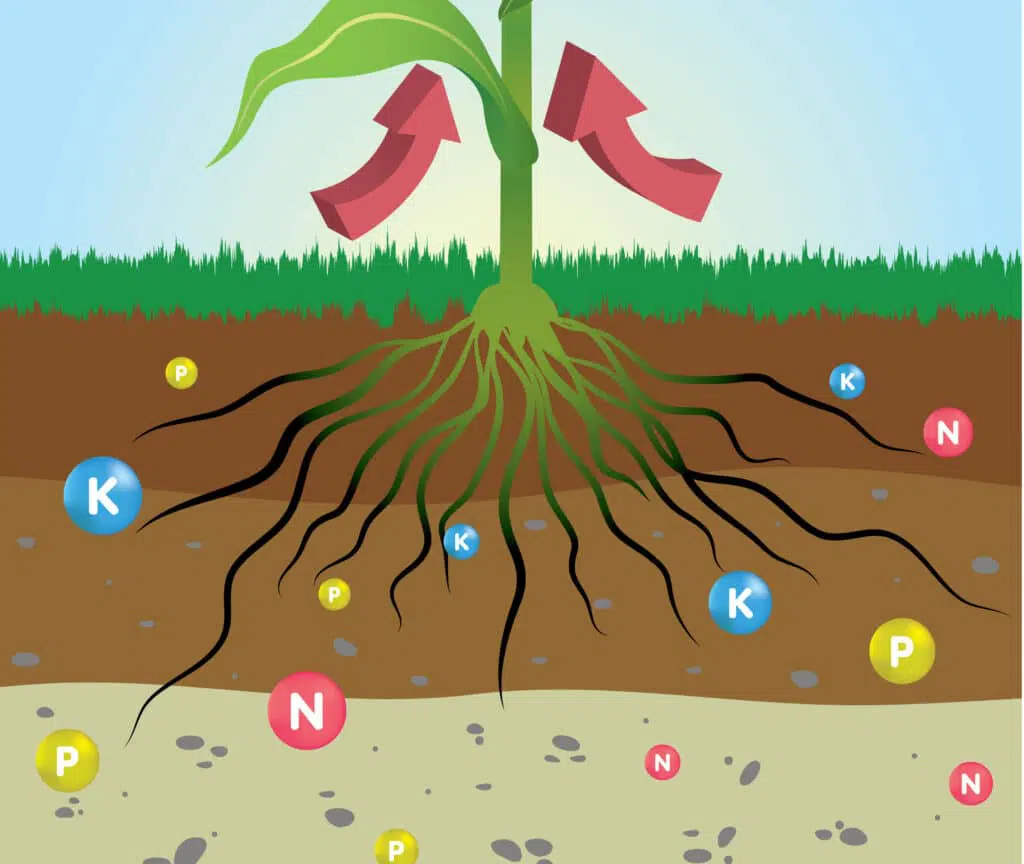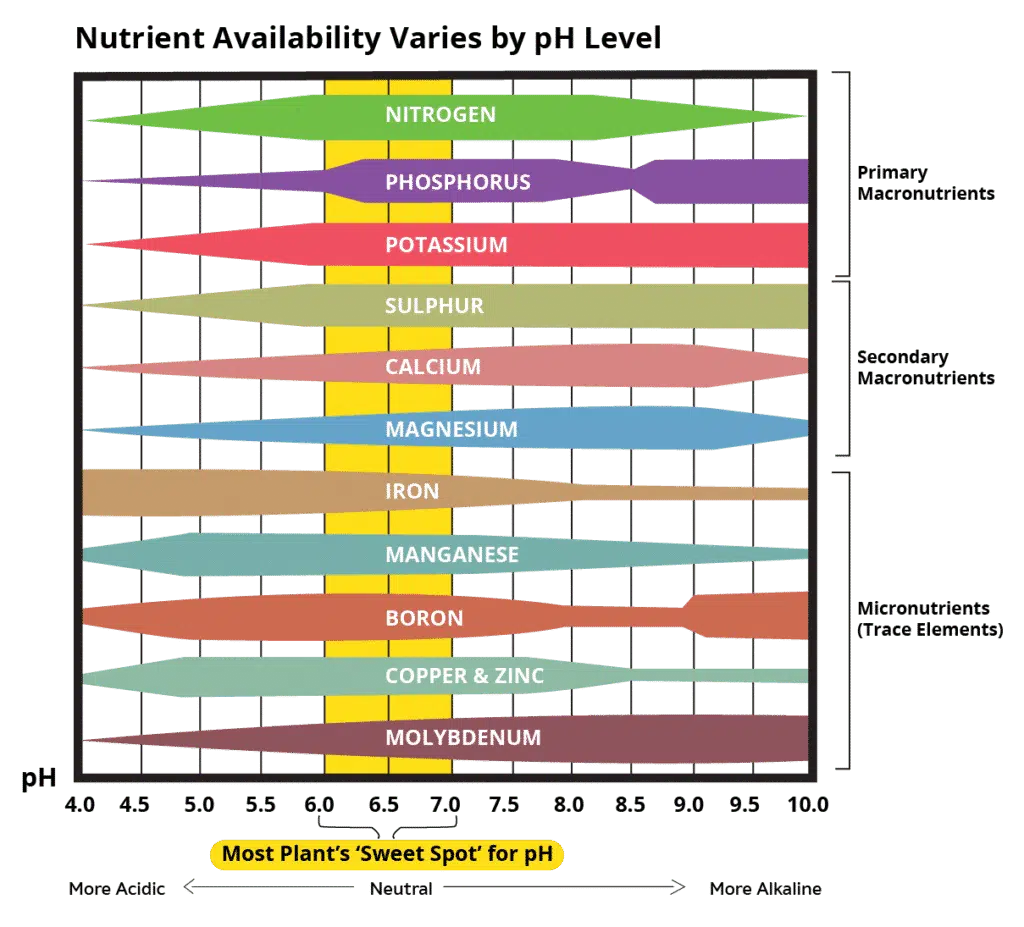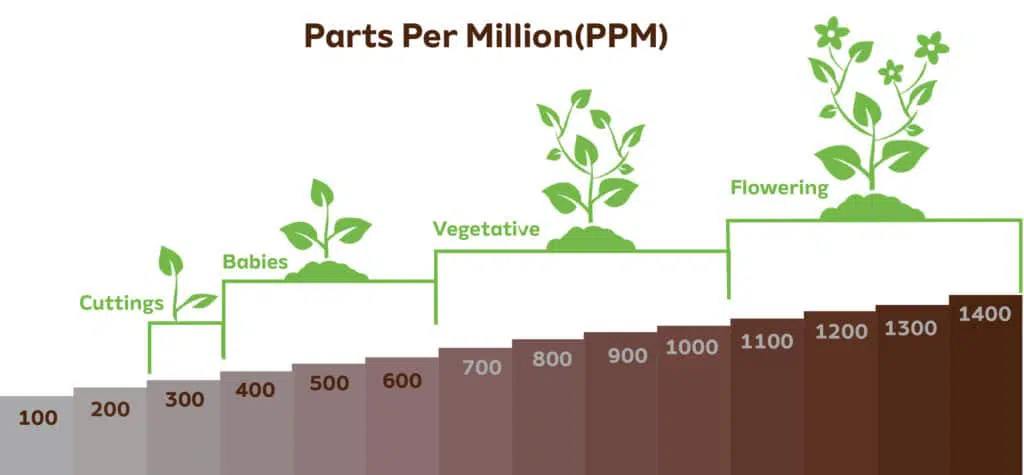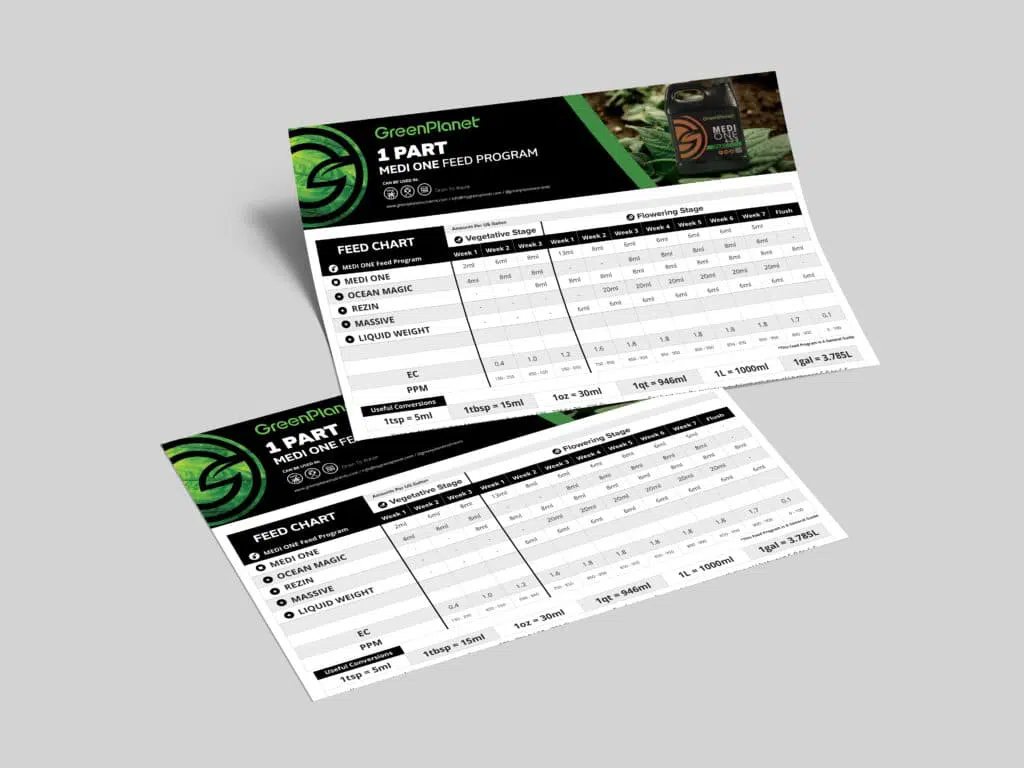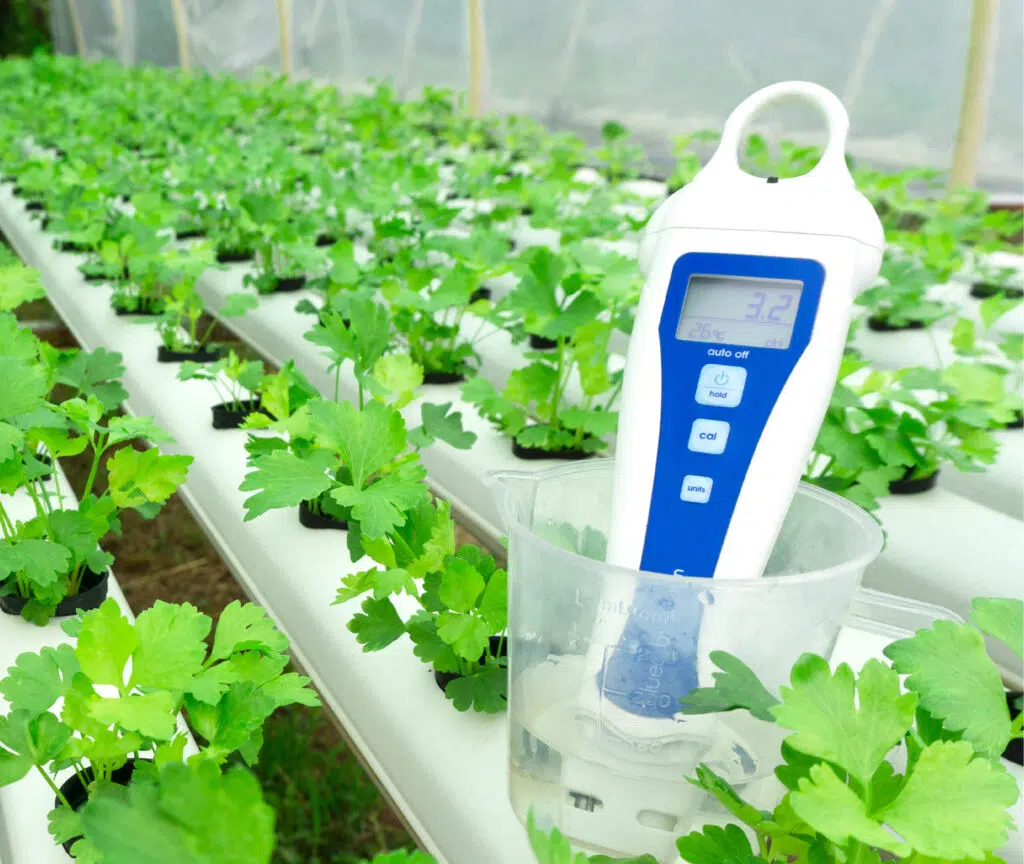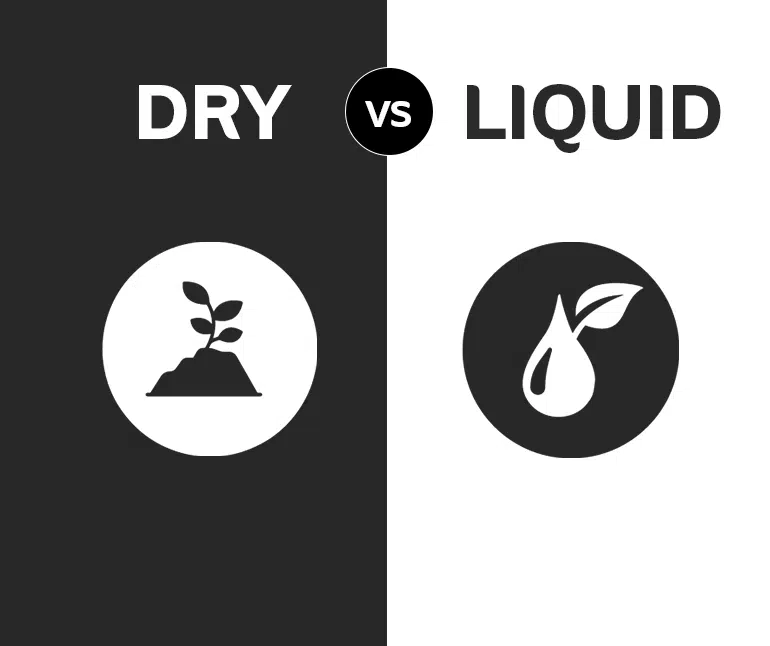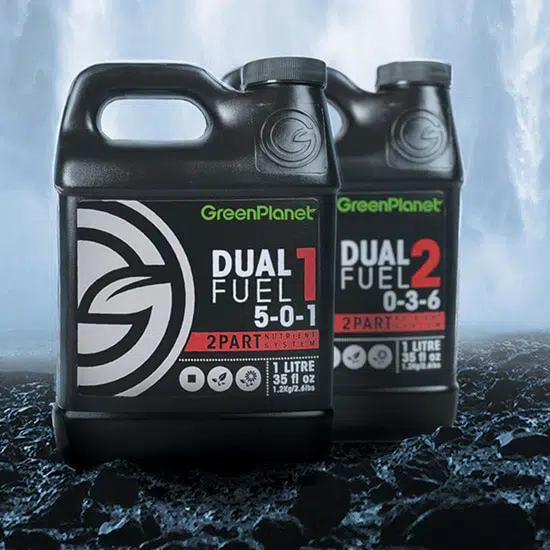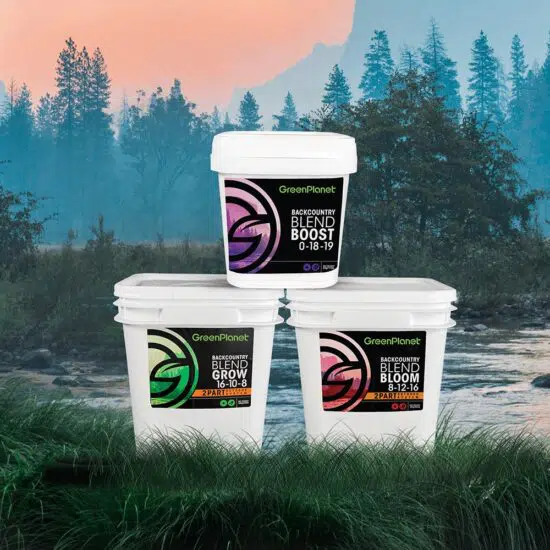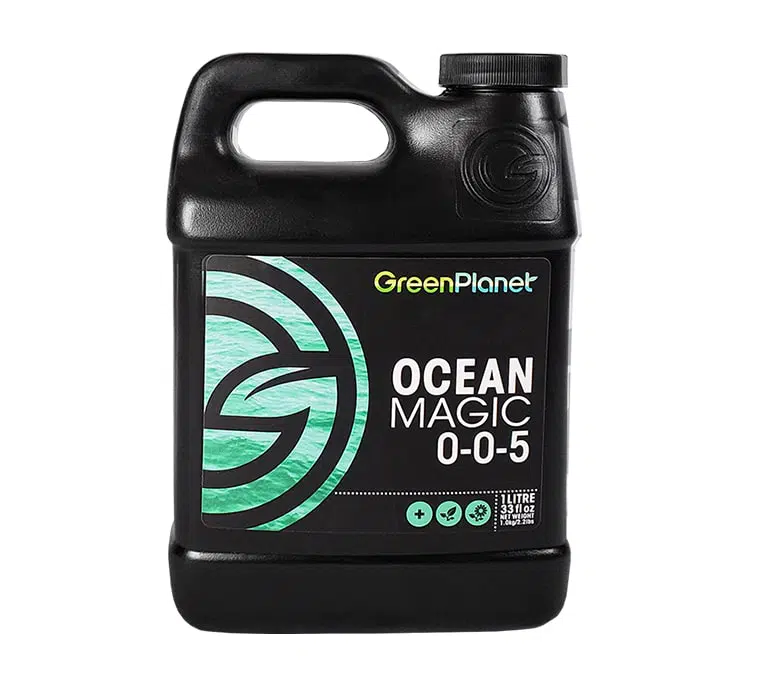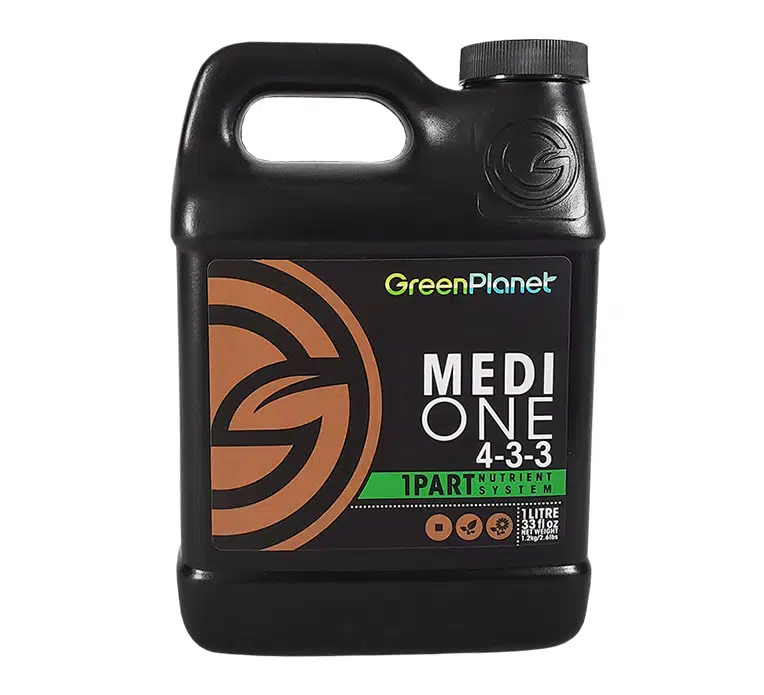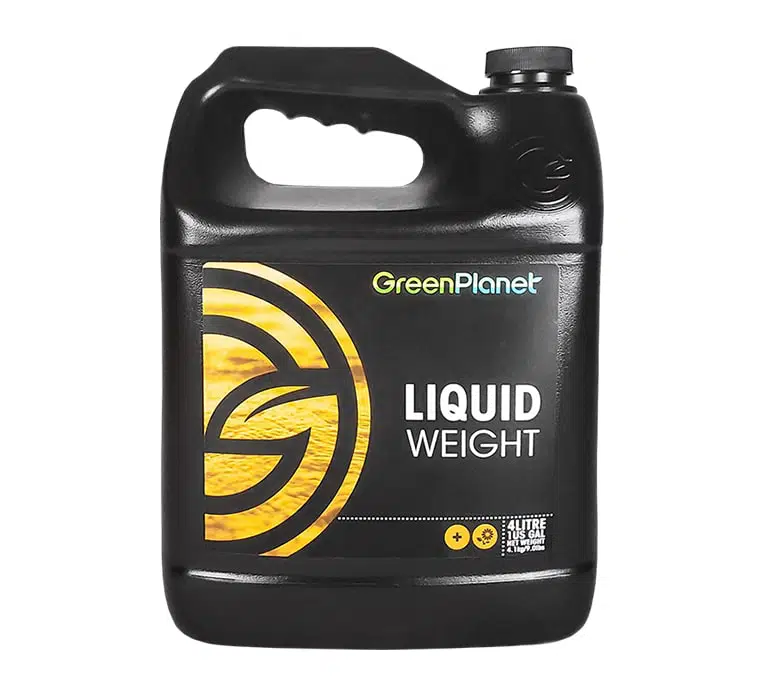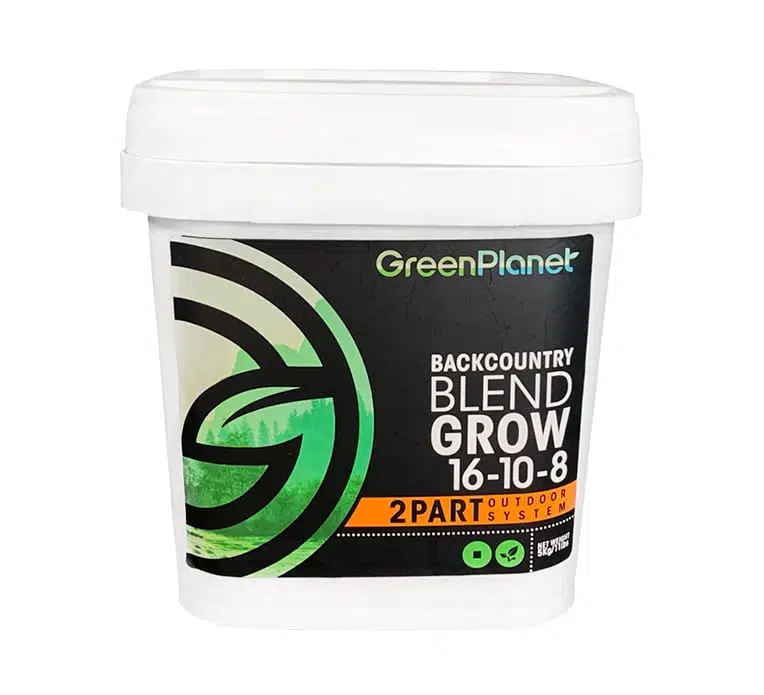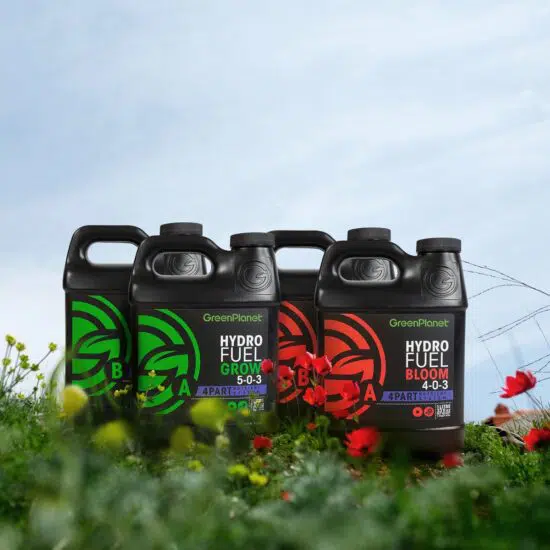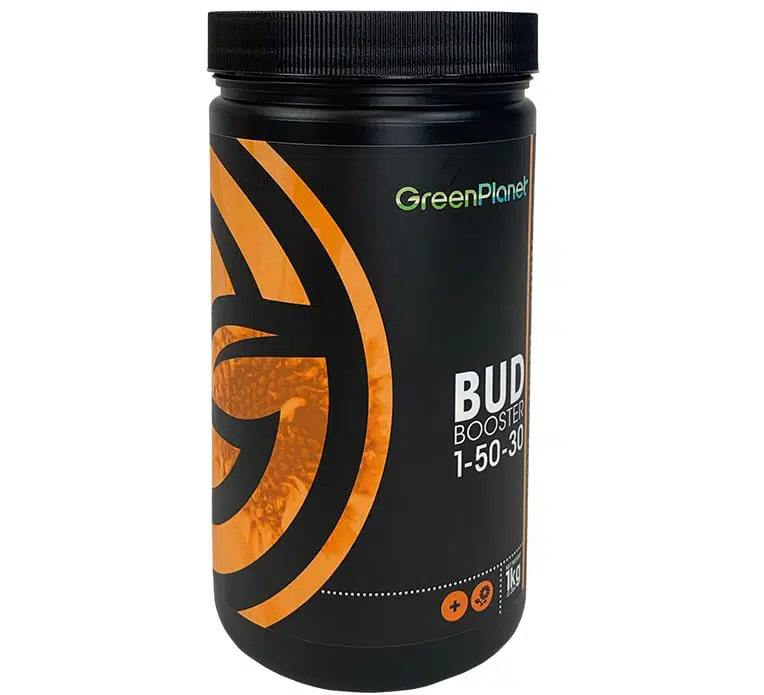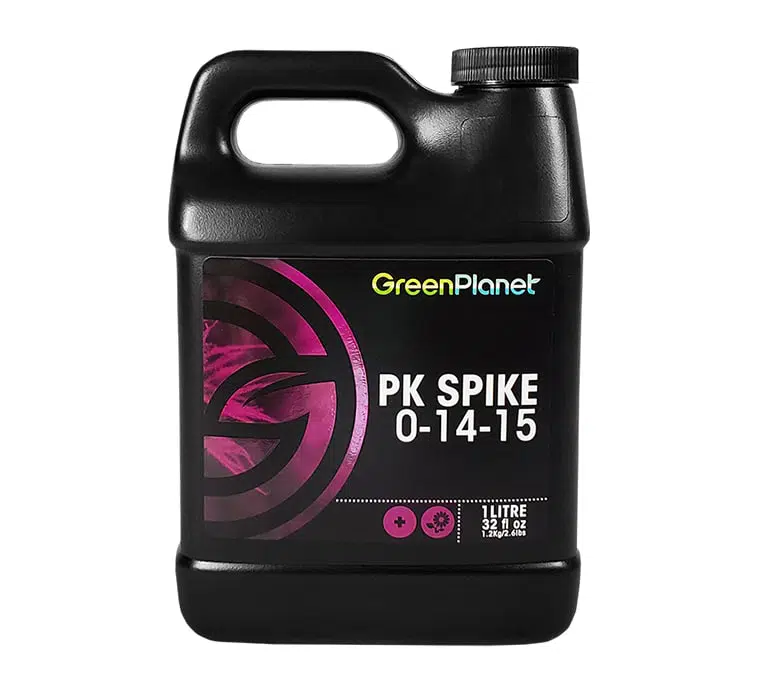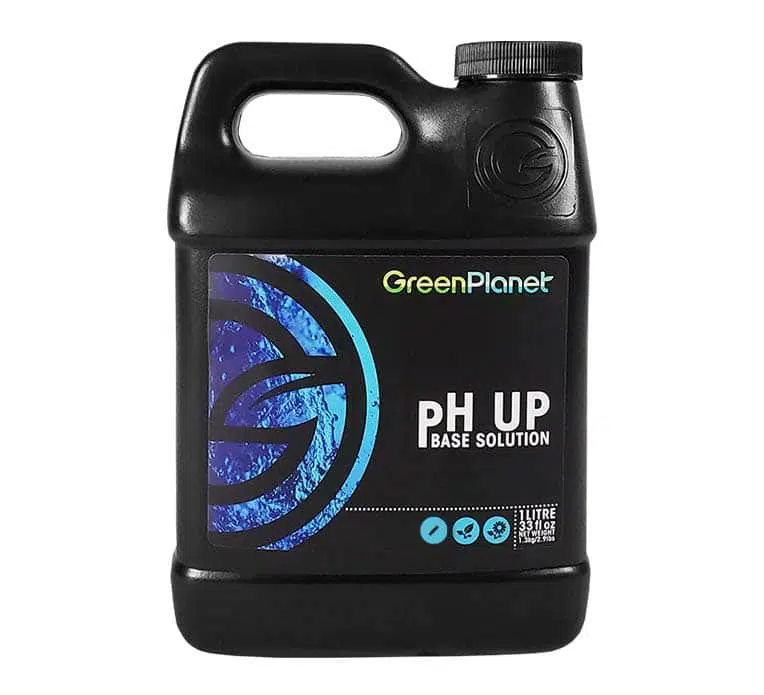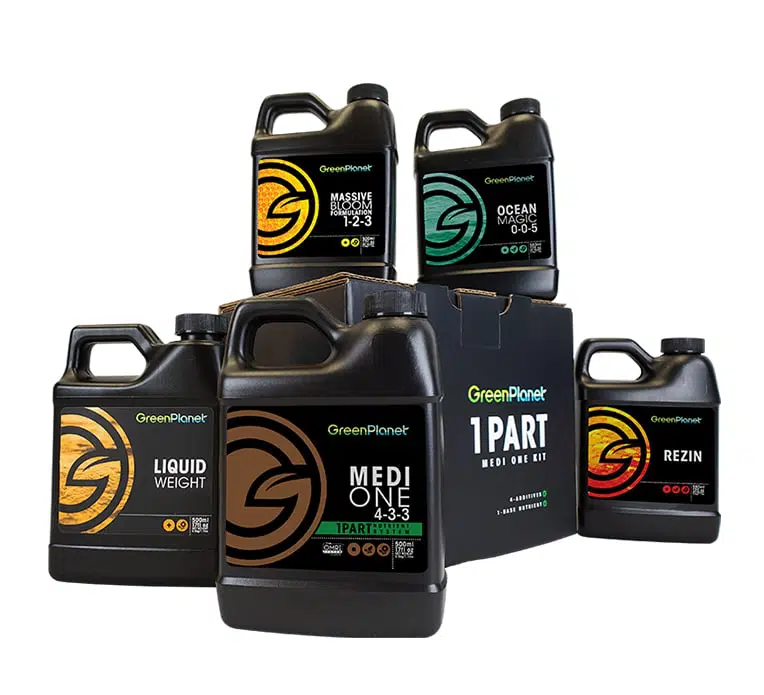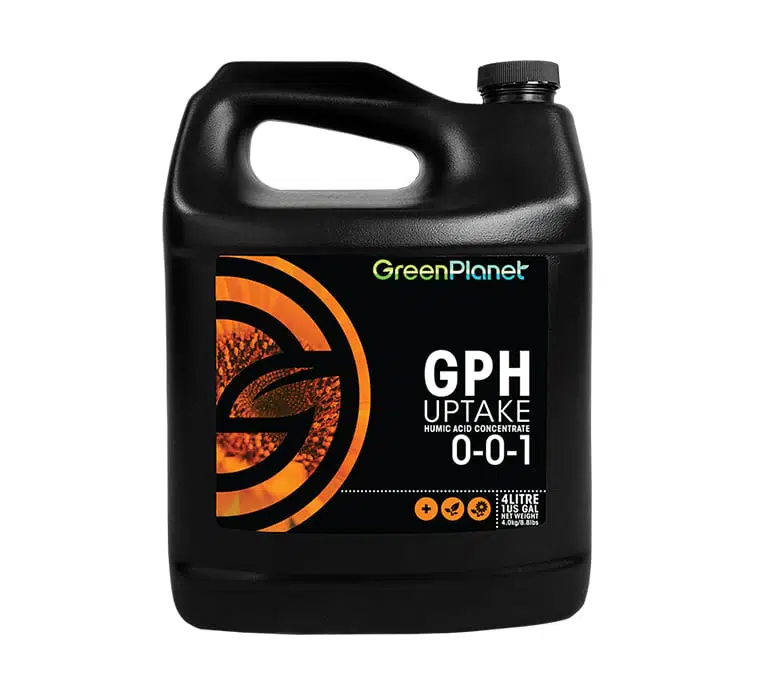Tips on Growing in Deep Water Culture
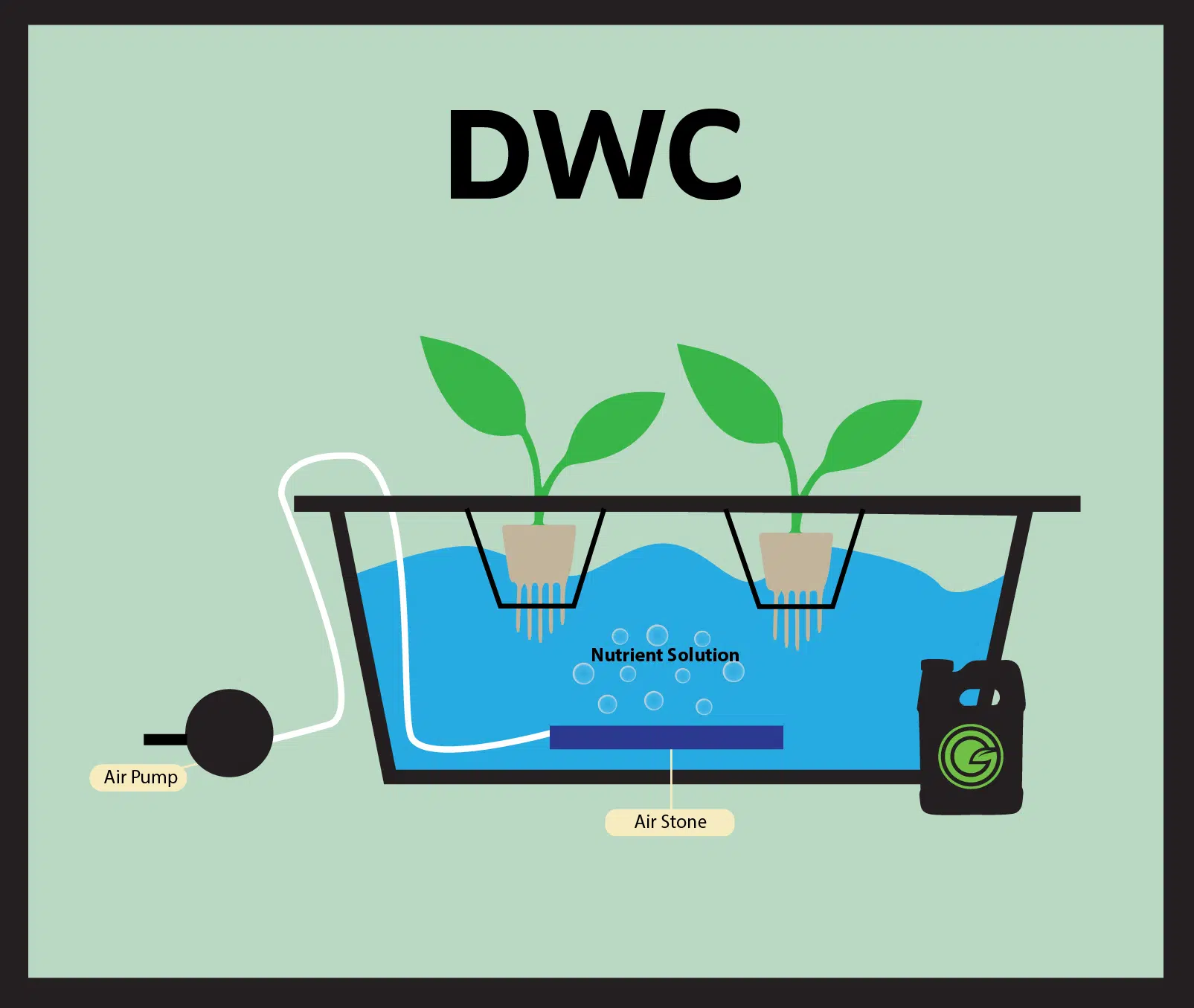
When mastered, deep water culture (DWC) systems have the highest potential for water, nutrient and labour savings. Not to mention, if the right strain is selected for a DWC system, there is essentially no limit to the size of plant you might grow. Other benefits to DWC systems include a relaxed and automated feeding schedule, enhanced growth rates, simplistic scalability and clean, aromatic, sugar-coated flowers. While deep water-culture operations have amazing potential, the path to creating a reliable system is often challenging, as inputs like water temperature, soluble fertilizer, aeration and recirculation need to be set in place and managed at all times. For tips on growing a successful crop in deep water-culture, follow the passages below:
What is Deep Water Culture?
Like most other hydroponic systems, deep water culture is the method of growing outside of mediums like soil; however, DWC takes the science of hydroponics a step further and submerges plants completely in aerated water, which affords plants the most oxygenated and nutrient-filled environment possible. DWC systems can be constructed in varying patterns, are highly scalable, and use nothing but water, nutrients and hydroponic medium to support plants during growth. While it is possible to construct your own DWC system, this process can be extremely complicated. So, if your experience in engineering hydroponic systems are limited, this job may be better left to the experts. You can find DWC systems to suit all kinds of growers, from novice to commercial. To browse GreenPlanet Wholesale’s selection of recirculating deep water culture systems, click here.
The Benefits of DWC Systems
Because the root-zone is surrounded by nutrient solution, there is no buffer-time between root and nutrient exchange. This leads plants to grow faster and more vigorously throughout periods of growth and bloom. Royal Queen Seeds, an international proponent of the growing potential of DWC systems, affirms this claim in the lines:
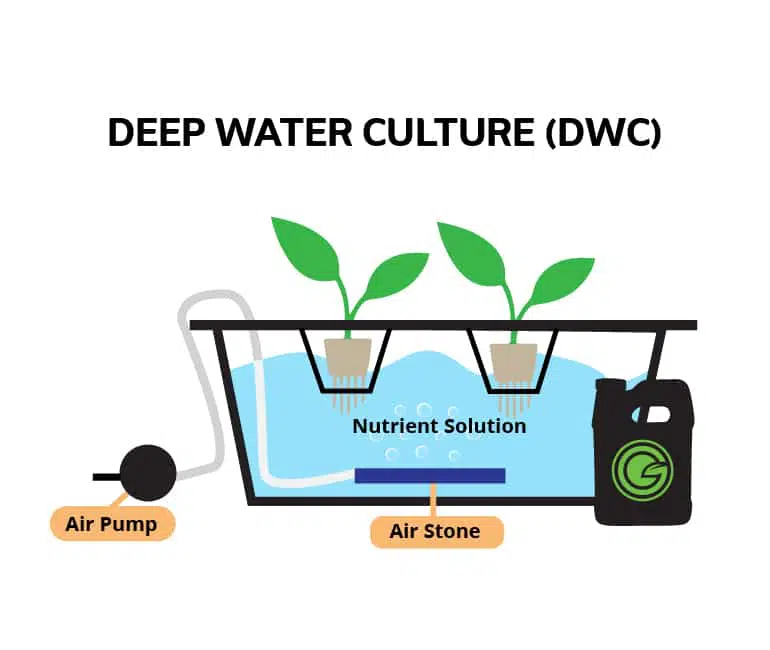
Plants grown in DWC setups have easier access to oxygen and nutrients, which means they spend less energy searching for nutrients and developing roots. As a result, plants will reward you with fast vegetative growth and excellent yields. In a good DWC set up with the right nutrients and strain, cannabis can grow as much as 10cm in a single day!
(Royal Queen Seeds, 2018, para. 4)
Now that the method and potential benefits of growing in deep water-culture are clear, let’s look at some of the features of DWC that protect your crop from unwanted issues.
Water Temperature
One of the most important features of a DWC system to manage is water temperature. Because the environment of an indoor garden is quite warm, usually sitting around 80-85 degrees Fahrenheit (26-29C), the water inside hydroponic reservoirs can begin to heat up as well. As the temperatures of the reservoir rise, say above 72F (22C), this can cause major issues for plants growing in DWC systems. For instance, in warm water, oxygen levels begin to plummet, creating an anaerobic environment, and leave plants exposed to issues like root-rot, pythium and unwanted bacteria cultures. To combat this issue, it is highly recommended to use fans, coils, insulation or chillers to cool your water source. GroWell, an online source of knowledge and growing equipment, has this to say on the importance of temperature in DWC systems:

One of the best methods for preventing pythium from occurring in recirculating hydroponic systems is to maintain the optimum nutrient solution temperatures by insulating the reservoir and using a chiller. Most pythium species responsible for hydroponic crop damage are very active at a temperature range of 20-30C, so try and keep the solution at a cool 18-20C.
(GroWell, 2014, para. 21)
In short, for your best chance of fighting against root disease, keep water temperatures cool, provide your roots with vigorous amounts of oxygen, and if necessary, install external chillers to keep rising temperatures at bay.
Soluble Nutrient Systems
The next feature to examine when managing a DWC system is nutrients.In short, not all types of nutrient systems are meant to be used in hydroponic gardens. Variants of fish fertilizers, for instance, would perform very poorly in an aerated, and constantly recirculating system like deep water culture. In a matter of days, if not hours, the enzymes, microbes and proteins found in fish hydrolysate would begin to bubble, foam, and gurgle, quickly becoming the perfect breeding ground for harmful bacteria and fungi. Instead of sticking to your favourite outdoor or organic fertilizer, try finding a soluble, highly concentrated and well-reviewed nutrient system that is specific for soilless mediums. To browse GreenPlanet’s selection of nutrient systems, click here.
Aeration and Recirculation
Two features, aeration and re-circulation, are both fundamental aspects of a well-functioning deep water-culture system. Since plants in DWC systems are submerged in water and are outside of their “normal” environmental conditions, oxygen levels within the reservoir must remain high to both enhance the plant’s metabolism and simulate an oxygenated environment. Likewise, a recirculating system can provide plants with a steady stream of nutrients, fresh water and oxygen from connected buckets and water storage tanks. For the best results in a DWC system, make sure your equipment functioning as advertised, and change airstones, pumps and additional parts when needed.
Want to start growing in your own deep water-culture system? GreenPlanet is here to help! Discover which fertilizer, medium or method would work best for your garden. For all other questions, contact a member of the GreenPlanet sales team, or your local garden supply store for product information and purchasing inquiries.
Works Cited
- Royal Queen Seeds: Cannabis Blog. (2018). Get huge yields using deep water culture (DWC). Retrieved January 15th, 2020 from Royalqueenseeds.com
- GroWell: UK. (2014). Got rotting roots? Pythium: An in-depth analysis. Retrieved January 15th, 2020 from Growell.co.uk.
Check Out Our Resource Center For More Product Information
Read More
- What are Additive Nutrients?An additive nutrient, or nutrient supplement, can be described as any plant food product that seeks to enhance natural patterns of development. Unlike base nutrients,… Read more: What are Additive Nutrients?
- Why Testing the pH of Your Runoff Can Save Your CropIf you’ve recently noticed some leaf discoloration, mutation, or poor growth, it’s quite likely an inadequate pH range is the culprit behind these issues. pH… Read more: Why Testing the pH of Your Runoff Can Save Your Crop
- What’s the Difference Between Dry and Liquid Fertilizer?Unfortunately, not all fertilizers are created equal. That’s not to say that one product or feed program won’t perform as advertised, but as we’ve learned… Read more: What’s the Difference Between Dry and Liquid Fertilizer?










